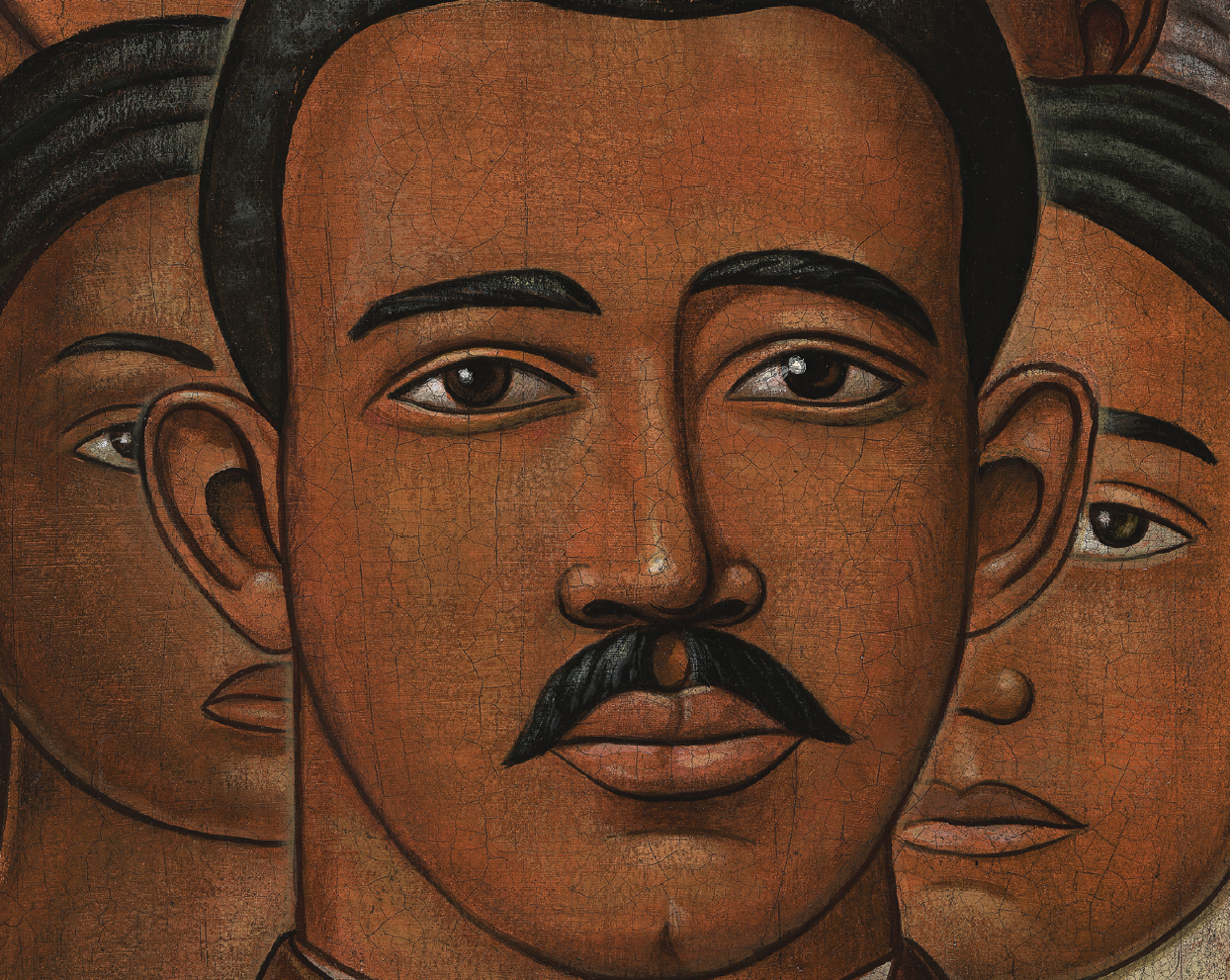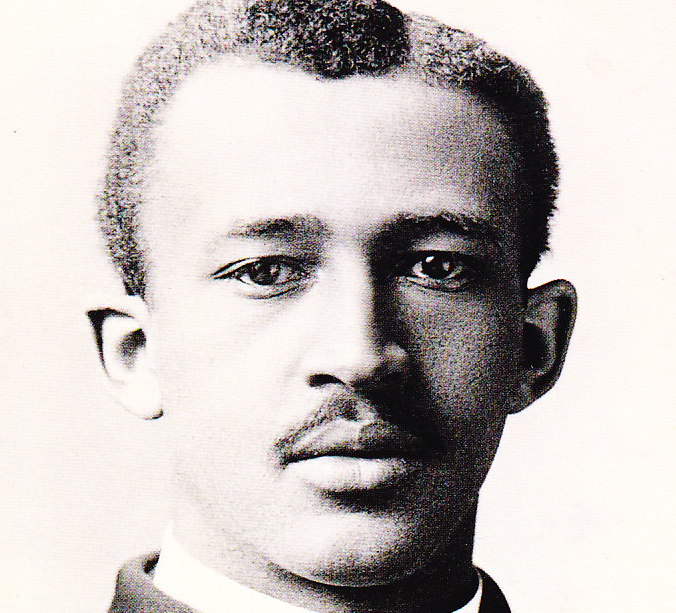“The Souls of Black Folk”
W. E. B. Du Bois’ contribution to literature

“The Souls of Black Folk”
W. E. B. Du Bois’ contribution to literature
W. E. B. Du Bois’ contribution to literature represented one of the first indications of the simmering pot of the suppressed rage expressed by a black author. It’s the same rage that would boil over and explode in the following century within the black community in the form of riots, rising crime and revolutionary movements for equal rights. For many readers, this was the first time they were exposed to a black writer who wrote with a sharp edge.

The fact that Du Bois’ essay was published in different premier intellectual magazines of the time, such as: The Atlantic Monthly, The World’s Work, The Dial, The New World, and the Annals of the American Academy of Political and social science, demonstrates that he wanted to voice his experience to a largely white readership. He sought out both liberals and conservatives. At the time, one of these groups was projecting pity and the other oppression towards black people. In his eyes both of these sentiments were crippling to the mental growth of blacks.
One of the most poignant images used by Du Bois in his essay is “the veil.” He uses this image to show the clear line of discrimination between the races. In chapter 1 of the book, he talks about his childhood in the northeast and a chilling moment when he offered a girl a visiting card only to have it rejected, he says “peremptorily.” “Then it dawned upon me with a certain suddenness that I was different from the others; or like, mayhap, in heart and life and longing, but shut out from their world by a vast veil” he writes.
But perhaps most telling is the feeling that follows. Du Bois does not try to bridge the gap or tear down the veil, instead he wants to rise above it. I had “no desire to tear down that veil, to creep through; I held all beyond it in common contempt, and lived above it in a region of blue sky and great wandering shadows,” he writes. This is certainly not the feelings of a black writer who yearns to be loved or understood by his white readers. This is a writer who, in some ways, looks at them with contempt. He views himself as looking on the comedy of race relations from on high. He shares his view point with his readers and if they choose not to follow him, that is their loss.
“The Souls of Black Folk” uses the image of the veil to great affect. It’s not a wall that can be torn down or climbed, instead it is a thin sheet that colors the vision of the two races. Everything seen through this veil is distorted, according to Du Bois. The only answer is to float up in the clouds with the author.
This approach by Du Bois gives readers a whole different idea of what it feels like to be “a problem.” White readers can’t hide behind outrage over slavery or lack of voters rights (those two things were already granted in Du Bois’ time) as solutions. Blacks must have felt equally unsettled reading this work. The goal for both races is something harder to grasp and impossible to be changed through laws. Du Bois’ perception is that emancipation has not served the black man in the real world and neither has the voting booth. For him, blacks are still not free because they’ve been enslaved mentally. It’s a very powerful image.










